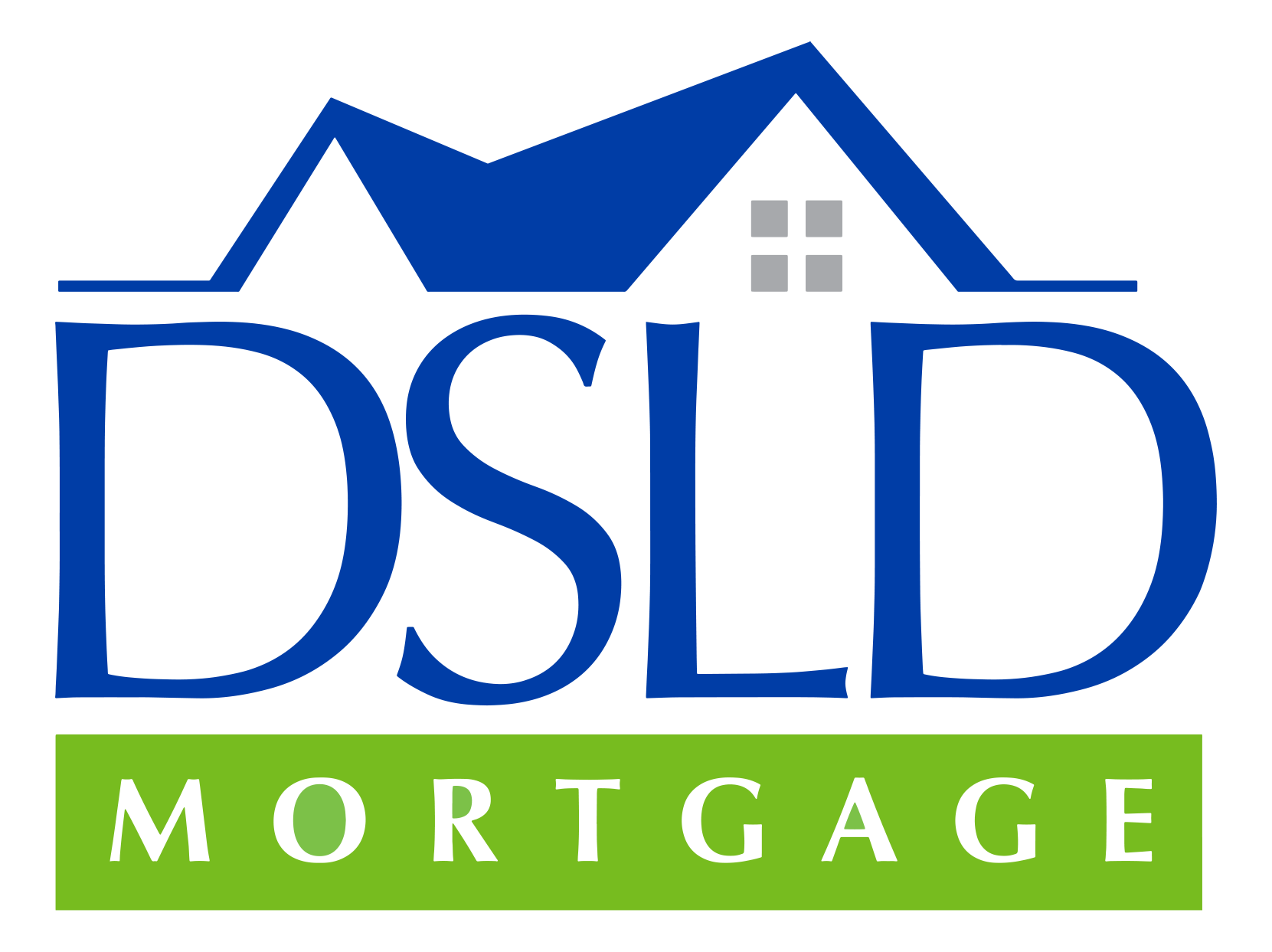VA Loans are a fantastic benefit offered to veterans and active-duty military members, providing competitive interest rates and no down payment requirements. But what happens when a VA Loan holder decides to sell their home? Can the buyer take over the existing VA Loan? This process, known as VA Loan Assumption, can be an attractive option for buyers and sellers alike. However, it’s not without its complexities.
In this article, we’ll walk you through everything you need to know about assuming a VA Loan, the eligibility requirements, the step-by-step process, and the potential advantages and drawbacks.
What Is VA Loan Assumption?
A VA Loan Assumption occurs when a homebuyer takes over the seller’s VA Loan, including its terms, interest rate, and remaining balance. For a detailed explanation of VA Loans, visit VA.gov. Unlike refinancing or taking out a new loan, the buyer steps into the original borrower’s shoes, continuing payments under the same loan terms. This can be particularly advantageous in a high-interest-rate environment if the existing loan has a lower interest rate than what’s currently available on the market.
Who Can Assume a VA Loan?
One of the most frequently asked questions about VA Loan Assumptions is whether they are limited to veterans or military members. The short answer is no — veterans and non-veterans can assume a VA Loan, provided they meet certain requirements. However, there are important nuances to consider:
- Veterans and eligible military members: When another eligible VA borrower assumes the loan, the original veteran seller’s entitlement can be restored, allowing them to use their VA Loan benefits again in the future.
- Non-veterans: Non-veterans can also assume a VA Loan if they meet the lender’s credit and income requirements. However, in this case, the original borrower’s VA entitlement remains tied to the loan until it is fully paid off. Learn more about entitlement restoration at the VA Loan Guaranty Service.
Eligibility Requirements for VA Loan Assumption
Assuming a VA Loan is not as simple as signing on the dotted line. Specific eligibility criteria must be met, including:
- Lender approval: The lender holding the VA Loan must approve the assumption. They will evaluate the buyer’s financial stability to ensure they can continue making payments.
- Creditworthiness: The buyer must meet the lender’s credit score requirements. While VA Loans typically have more lenient credit standards, the exact criteria will vary by lender.
- Income verification: Buyers must demonstrate sufficient income to cover the loan payments. This includes submitting financial documents such as pay stubs, tax returns, and bank statements.
- Funding fee: A VA Loan Assumption requires the buyer to pay a funding fee equal to 0.5% of the loan balance. For more information about funding fees, refer to the VA funding fee chart. Certain individuals, such as veterans with service-connected disabilities, may be exempt from this fee.
Step-by-Step Guide to Assuming a VA Loan

If you’re considering assuming a VA Loan, here’s a detailed step-by-step guide to help you navigate the process:
1. Confirm Loan Assumability
Not all VA Loans are assumable. It’s essential to check with the current lender to confirm that the loan can be transferred to another party. Typically, VA Loans issued after March 1, 1988, include a clause requiring lender approval for assumptions. This detail is outlined in the VA Lenders Handbook.
2. Find a Buyer or Seller
For sellers, finding a buyer interested in assuming the VA Loan is the first step. Highlighting the potential benefits, such as a lower interest rate, can make your property more attractive in the marketplace. For buyers, searching for properties where the seller’s VA Loan is assumable can help you take advantage of favorable loan terms.
3. Submit an Application
The buyer must submit an application to the lender for approval. This process involves providing detailed financial documentation, including:
- Proof of income (e.g., pay stubs, tax returns, bank statements)
- Credit history
- Employment verification.
4. Pay the Funding Fee
As mentioned earlier, the buyer will need to pay a funding fee of 0.5% of the loan balance. This fee can either be paid upfront or rolled into the loan balance. Buyers who qualify for a waiver should provide the necessary documentation to the lender.
5. Obtain a Release of Liability
For the seller, securing a release of liability is a crucial step. This document ensures that the seller is no longer responsible for the loan once the assumption is complete. Without this release, the lender could pursue the original borrower for payment if the buyer defaults.
6. Finalize the Assumption
Once all the requirements are met, the lender will approve the assumption, and the loan will be transferred to the buyer. The buyer will then begin making payments under the original loan’s terms.
Advantages of Assuming a VA Loan
VA Loan Assumptions offer several potential benefits:
- Lower interest rates: Buyers can take advantage of the original loan’s interest rate, which may be significantly lower than current market rates. This can lead to substantial savings over the life of the loan.
- Reduced closing costs: Compared to obtaining a new loan, the closing costs associated with a loan assumption are often lower, saving buyers money upfront.
- Simplified process: Assuming an existing loan can streamline the home financing process, as buyers don’t need to go through the entire loan origination process.
- Seller benefits: For sellers, offering an assumable VA Loan can make their property more attractive to buyers, particularly in a rising interest rate environment.
Drawbacks of Assuming a VA Loan
While VA Loan Assumptions can be beneficial, there are potential drawbacks to consider:
- Entitlement restoration issues: If a non-veteran assumes the loan, the original borrower’s VA Loan entitlement remains tied to the loan. This can limit the seller’s ability to use their VA Loan benefits in the future.
- Lender approval: The assumption process requires lender approval, which can be time-consuming and involves meeting specific credit and income requirements.
- Funding fee: The buyer must pay a funding fee, which can add to the upfront costs of the assumption.
- Equity requirements: If the home’s value has appreciated significantly, the buyer may need to pay the difference between the loan balance and the home’s market value upfront, as this amount cannot be financed through the loan assumption.
When Is VA Loan Assumption a Good Option?
VA Loan Assumption can be a great choice under certain circumstances:
- Rising interest rates: When market interest rates are higher than the existing loan’s rate, assuming a VA Loan can save buyers thousands over the life of the loan.
- Favorable loan terms: If the existing VA Loan has terms that are better than what’s currently available, such as no private mortgage insurance (PMI), it’s worth considering.
- Mutual agreement: Both the buyer and seller stand to benefit, with buyers securing better terms and sellers attracting more interest in their property.
How much will your mortgage be? You can use DSLD Mortgage’s Mortgage Calculator to estimate your monthly mortgage payment.
Current mortgage rates holding you back? Don’t miss out on these deals! Buy a home with DSLD Mortgage and take advantage of our limited-time mortgage promotions.
Article Sources
- U.S. Dept of Veteran Affairs “http://VA.gov” Accessed January 11, 2025
- Military.com “PCS and VA Loan Assumption for Buyers and Sellers ” Accessed January 11, 2025
- fdic.com. “Home Purchase Loan Program ” Accessed January 11, 2025
- U.S. Dept of Veteran Affairs “VA Funding Fee And Loan Closing Costs ” Accessed January 11, 2025
- U.S. Dept of Veteran Affairs “Lenders Handbook – VA Pamphlet 26-7” Accessed January 11, 2025
Smooth Transitions: Navigating VA Loan Assumptions with Confidence
Assuming a VA Loan can be a win-win for buyers and sellers, offering significant financial benefits and simplifying the home financing process. However, it’s not without its complexities. Understanding the eligibility requirements, following the proper steps, and being aware of the potential challenges are crucial for a successful loan assumption.
Whether you’re a veteran looking to sell your home or a buyer exploring your options, consulting with a knowledgeable lender or financial advisor can help you make an informed decision. At DSLD Mortgage, we’re here to guide you through the process and answer any questions you have about VA Loan Assumptions. Contact us today to learn more and take the next step toward your homeownership goals.





